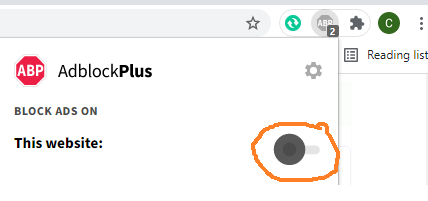Đang chuẩn bị nút TẢI XUỐNG, xin hãy chờ
Tải xuống
In this paper, we introduce S EM TAG, a free and open software architecture for the development of Tree Adjoining Grammars integrating a compositional semantics. S EM TAG differs from XTAG in two main ways. First, it provides an expressive grammar formalism and compiler for factorising and specifying TAGs. Second, it supports semantic construction. | SemTAG a platform for specifying Tree Adjoining Grammars and performing TAG-based Semantic Construction Claire Gardent CNRS LORIA Campus scientifique - BP 259 54 506 Vandreuvre-Lès-Nancy CEDEX France Claire.Gardent@loria.fr Yannick Parmentier INRIA LORIA - Nancy Universite Campus scientifique - BP 259 54 506 Vandffiuvre-Les-Nancy CEDEX France Yannick.Parmentier@loria.fr Abstract In this paper we introduce SemTag a free and open software architecture for the development of Tree Adjoining Grammars integrating a compositional semantics. Sem-Tag differs from XTAG in two main ways. First it provides an expressive grammar formalism and compiler for factorising and specifying TAGs. Second it supports semantic construction. 1 Introduction Over the last decade many of the main grammatical frameworks used in computational linguistics were extended to support semantic construction i.e. the computation of a meaning representation from syntax and word meanings . Thus the HPSG ERG grammar for English was extended to output minimal recursive structures as semantic representations for sentences Copestake and Flickinger 2000 the LFG Lexical Functional Grammar grammars to output lambda terms Dalrymple 1999 and Clark and Curran s CCG Combinatory Categorial Grammar based statistical parser was linked to a semantic construction module allowing for the derivation of Discourse Representation Structures Bos et al. 2004 . For Tree Adjoining Grammar TAG on the other hand there exists to date no computational framework which supports semantic construction. In this demo we present SemTag a free and open software architecture that supports tag based semantic construction. 13 The structure of the paper is as follows. First we briefly introduce the syntactic and semantic formalisms that are being handled section 2 . Second we situate our approach with respect to other possible ways of doing tag based semantic construction section 3 . Third we show how XMG the linguistic formalism used to specify


